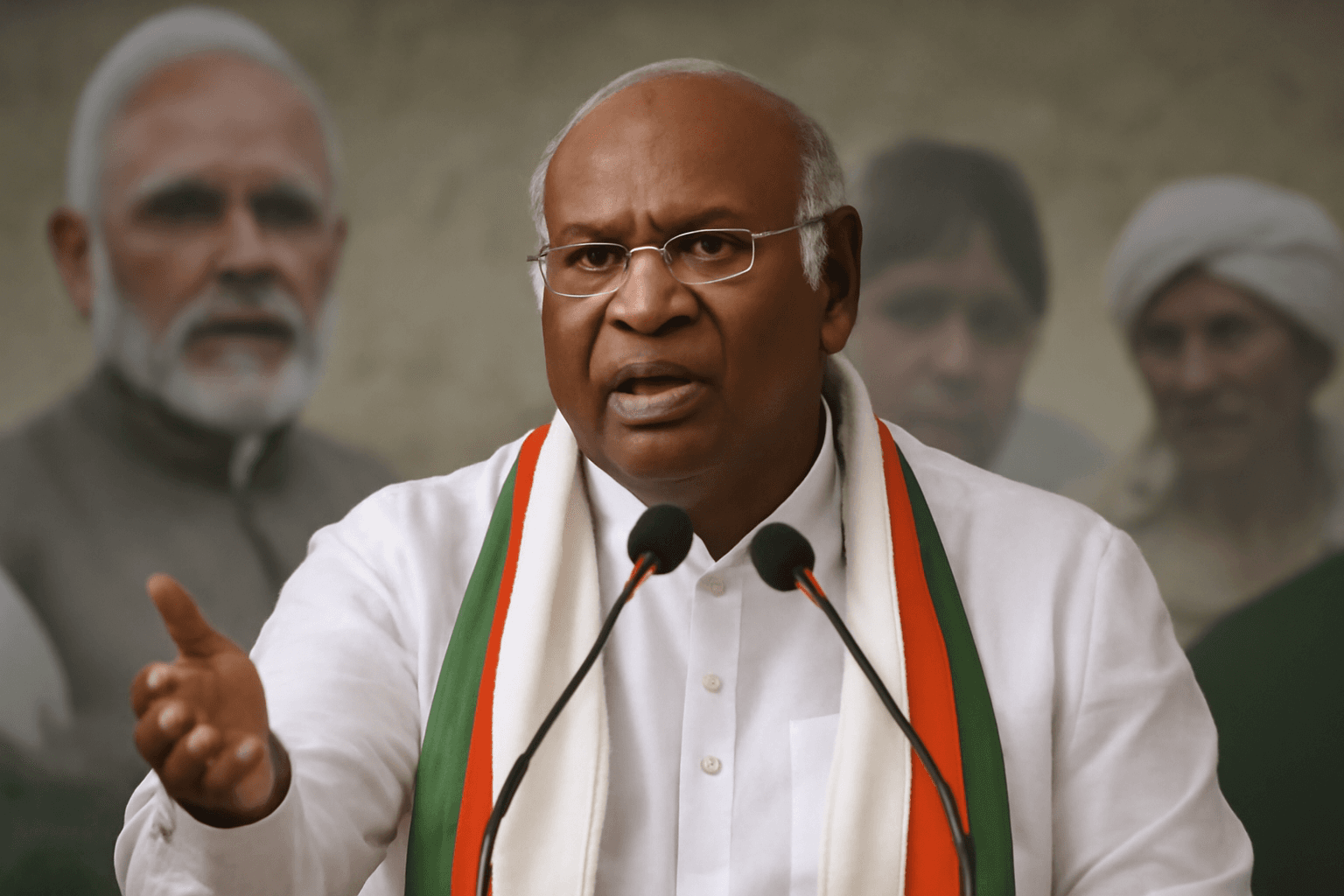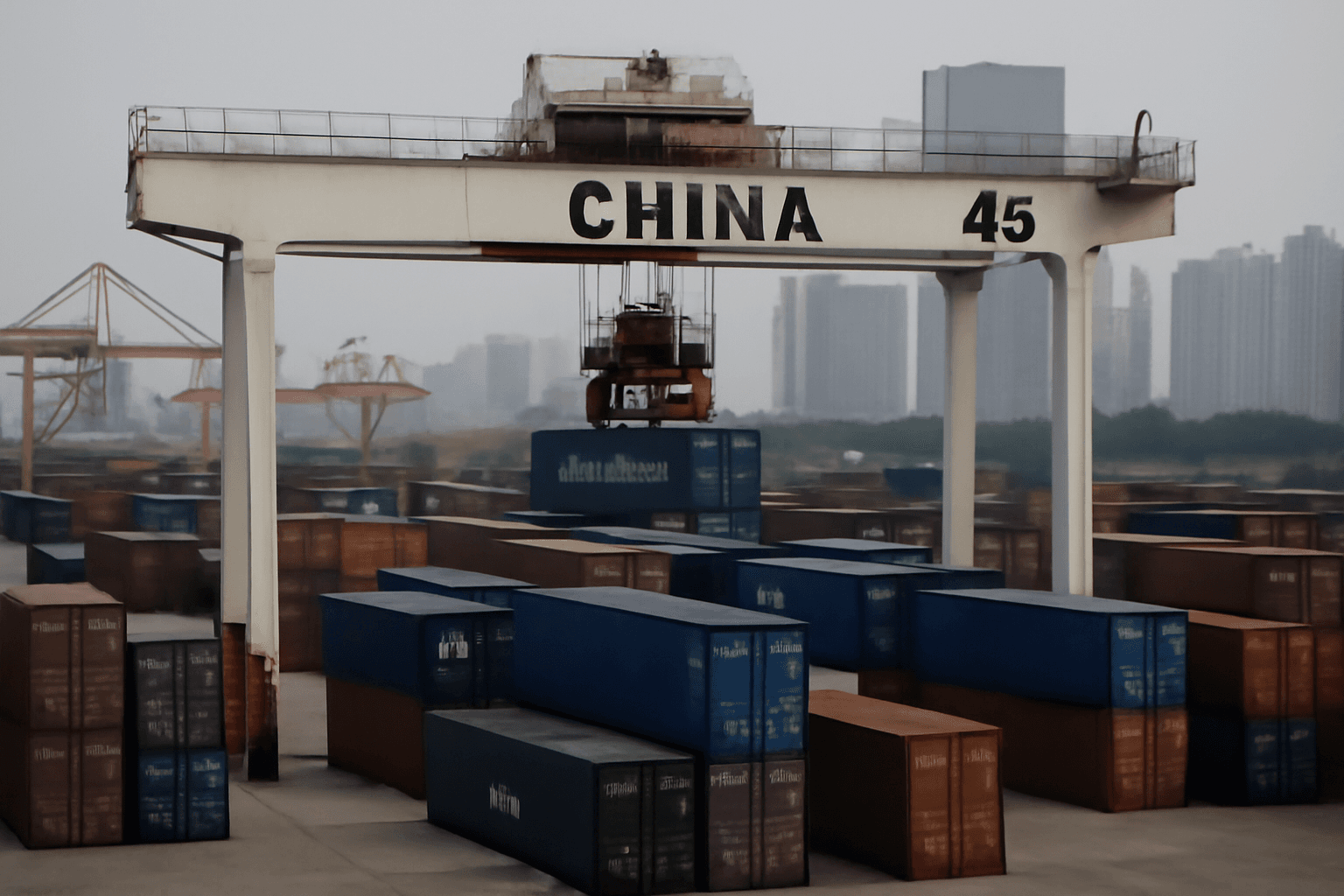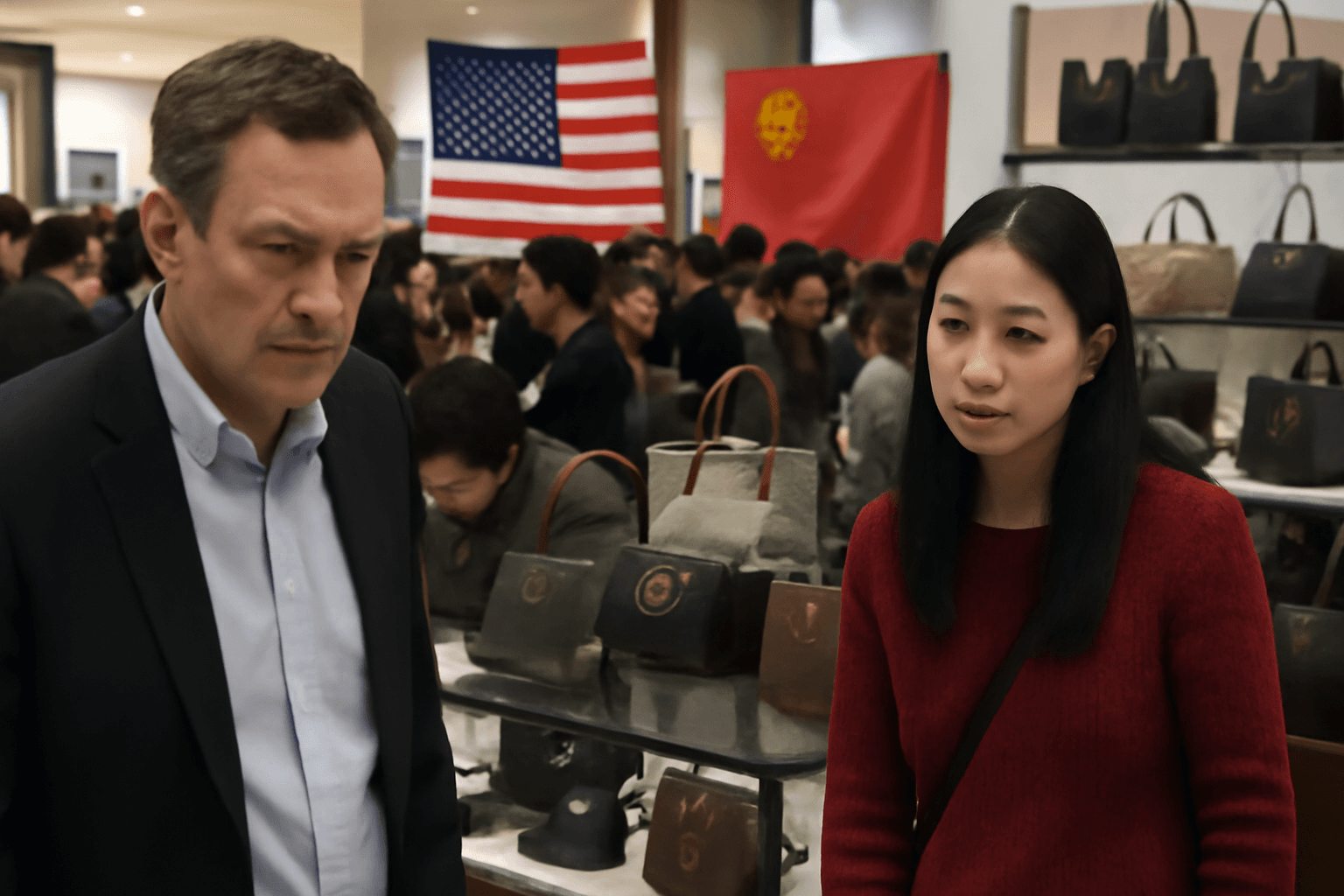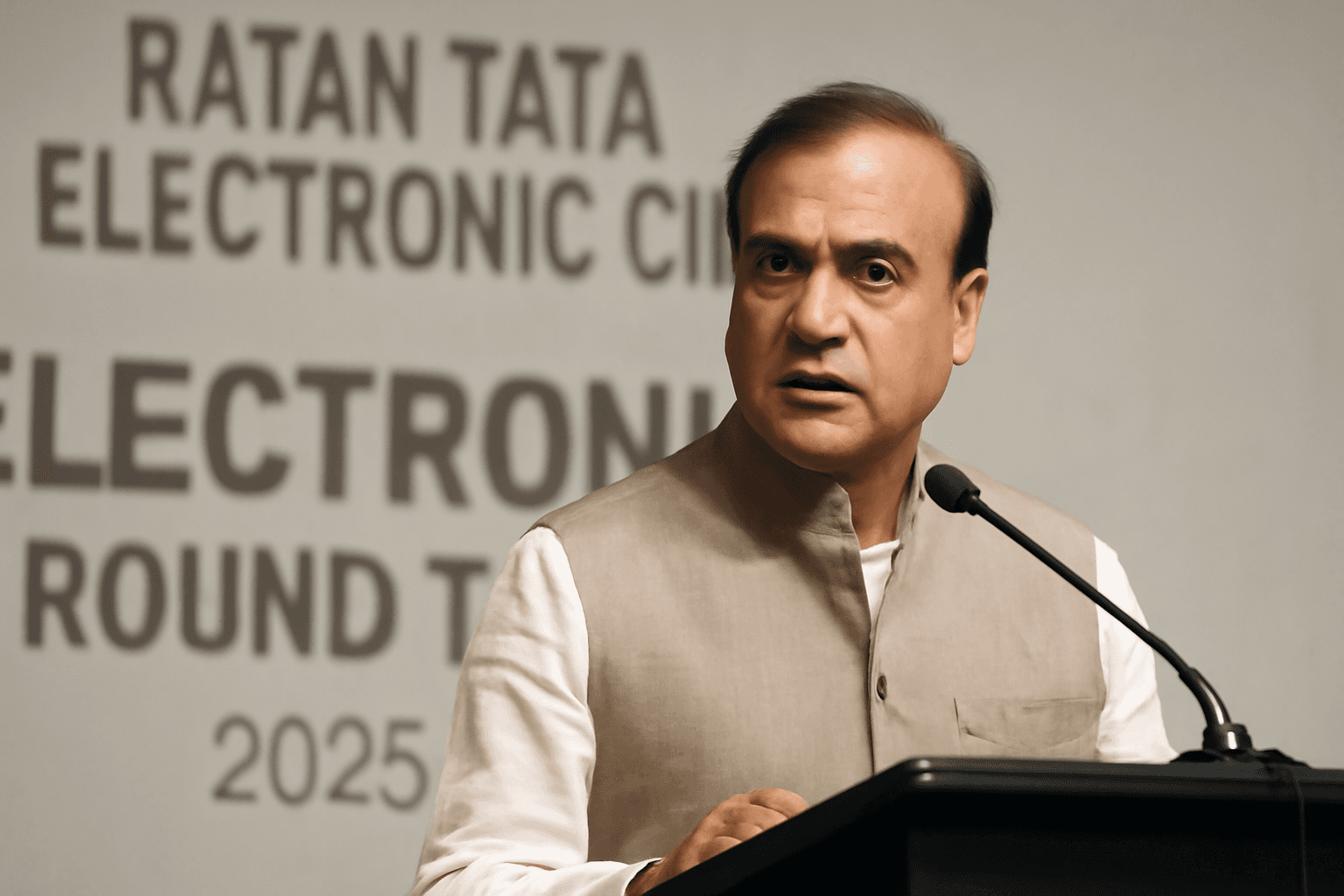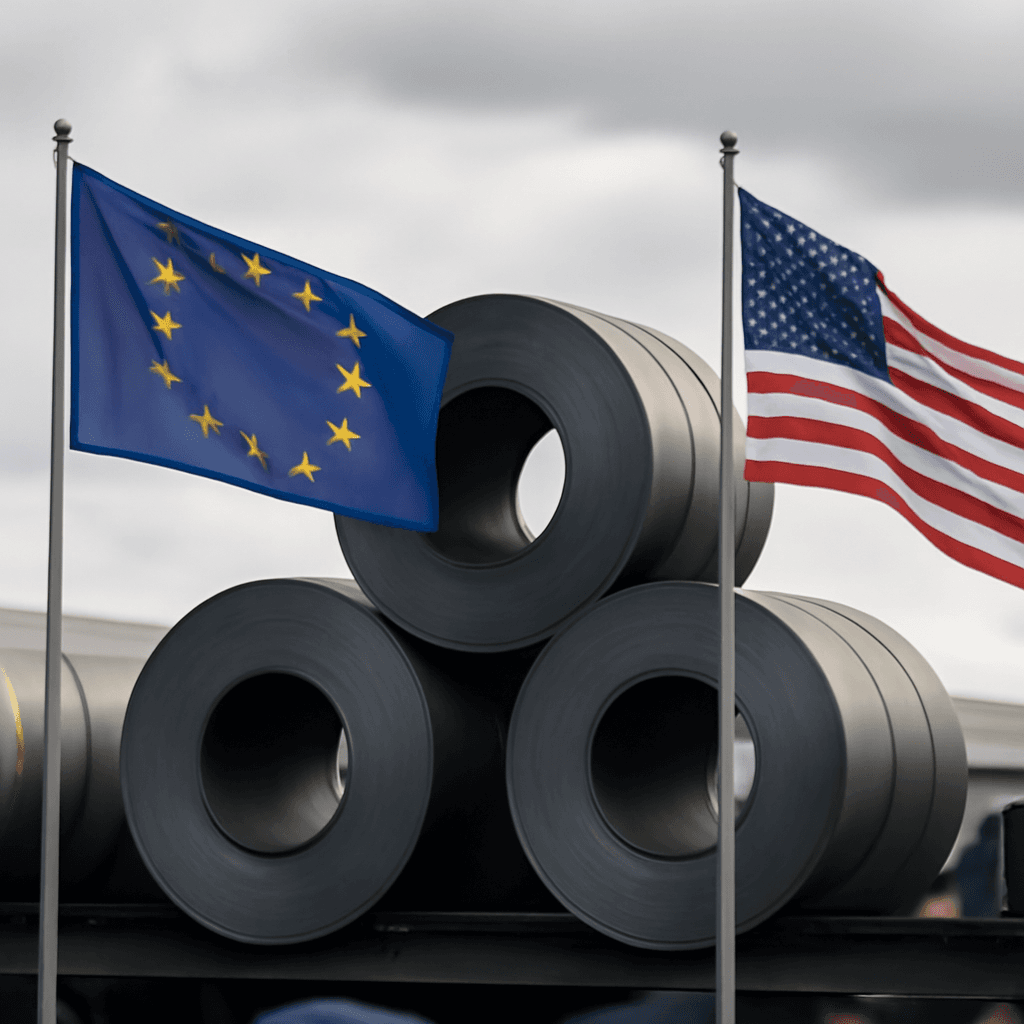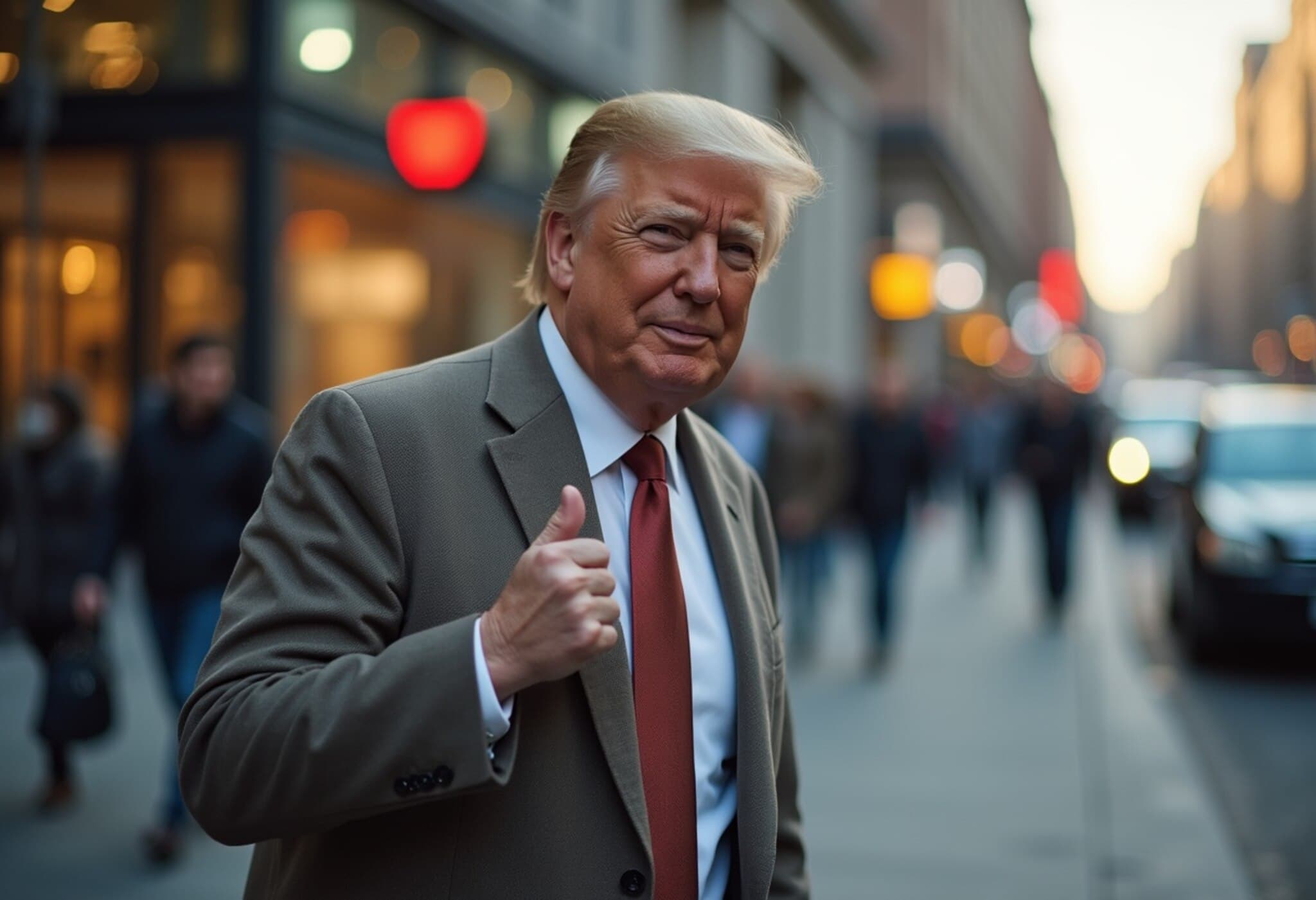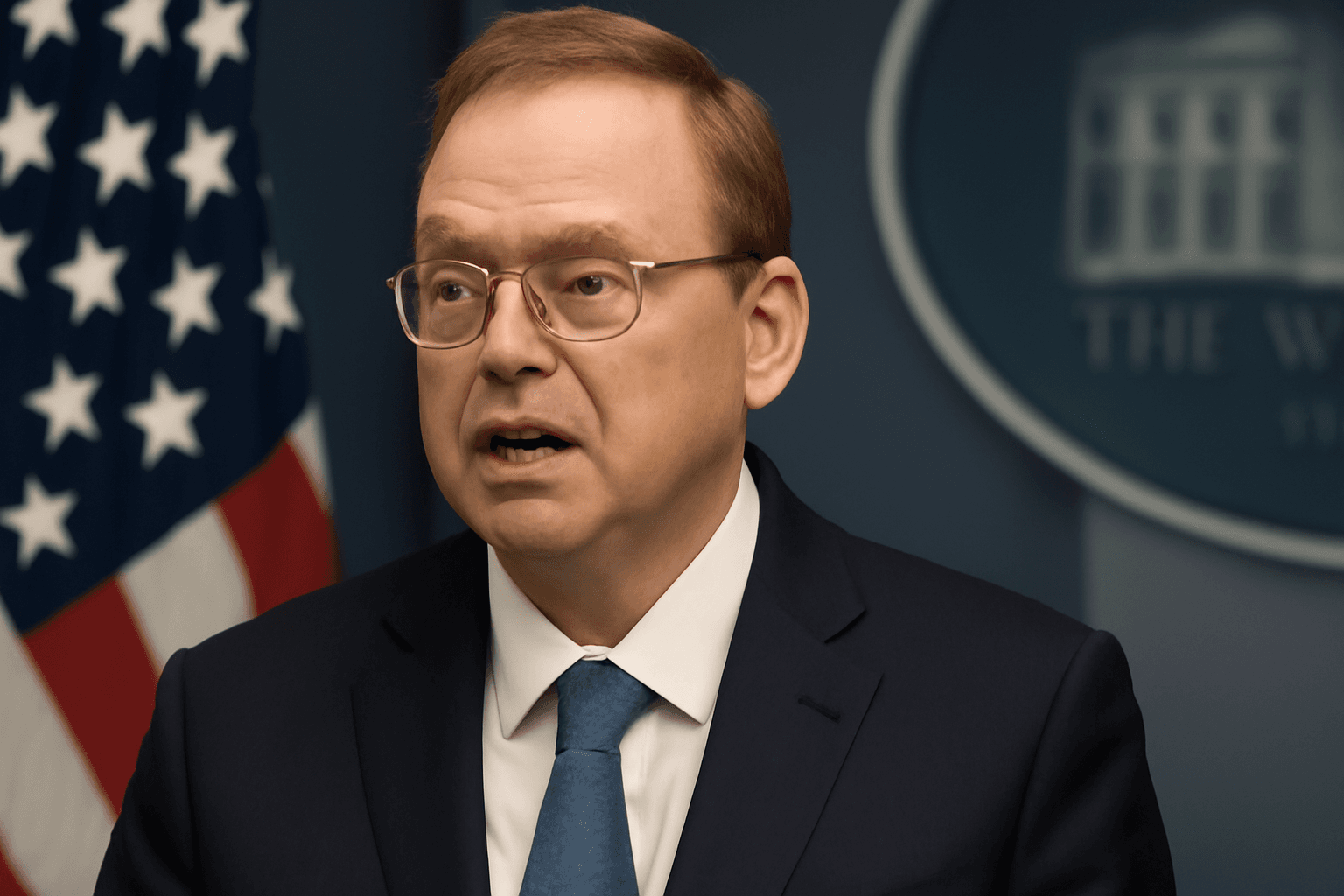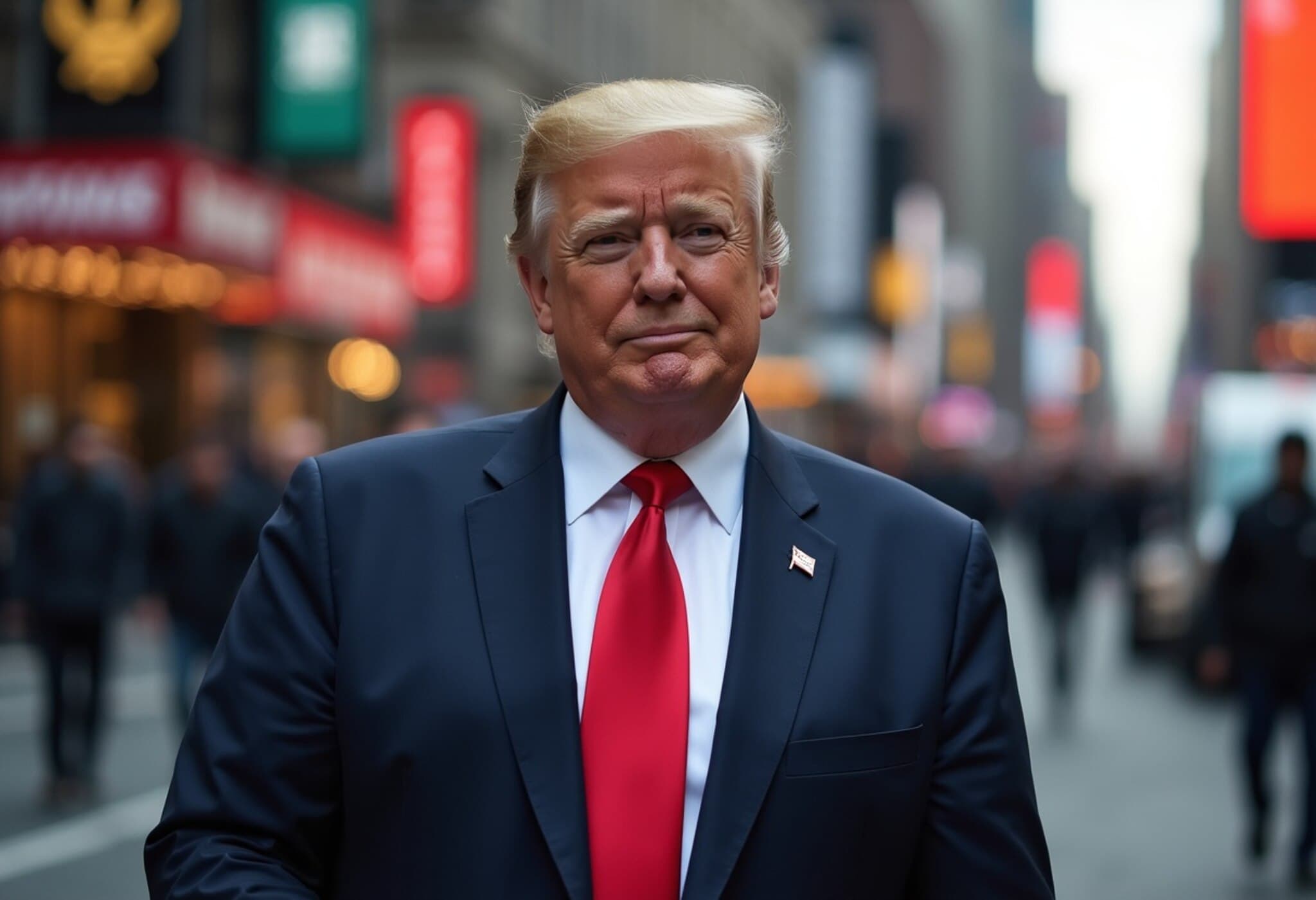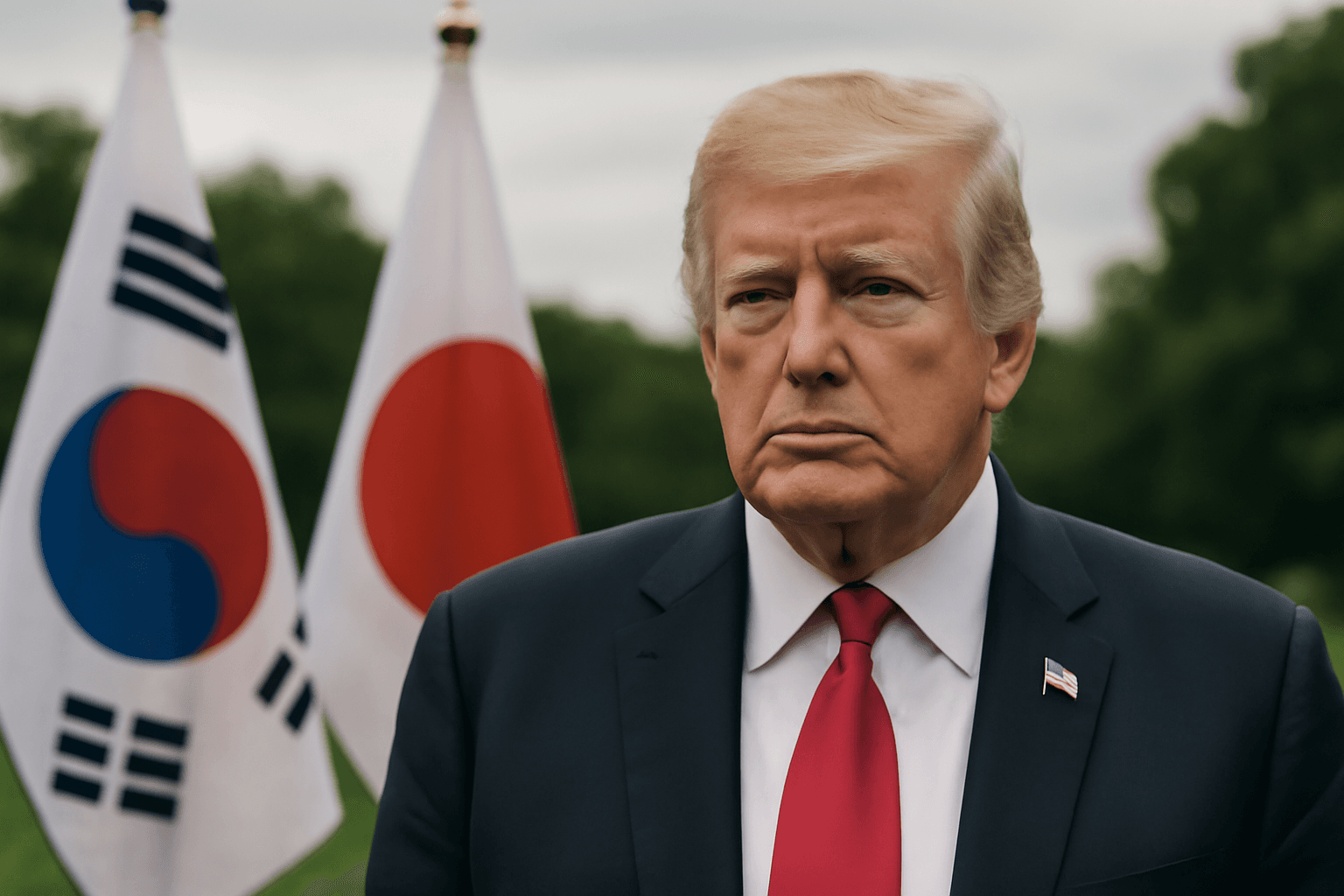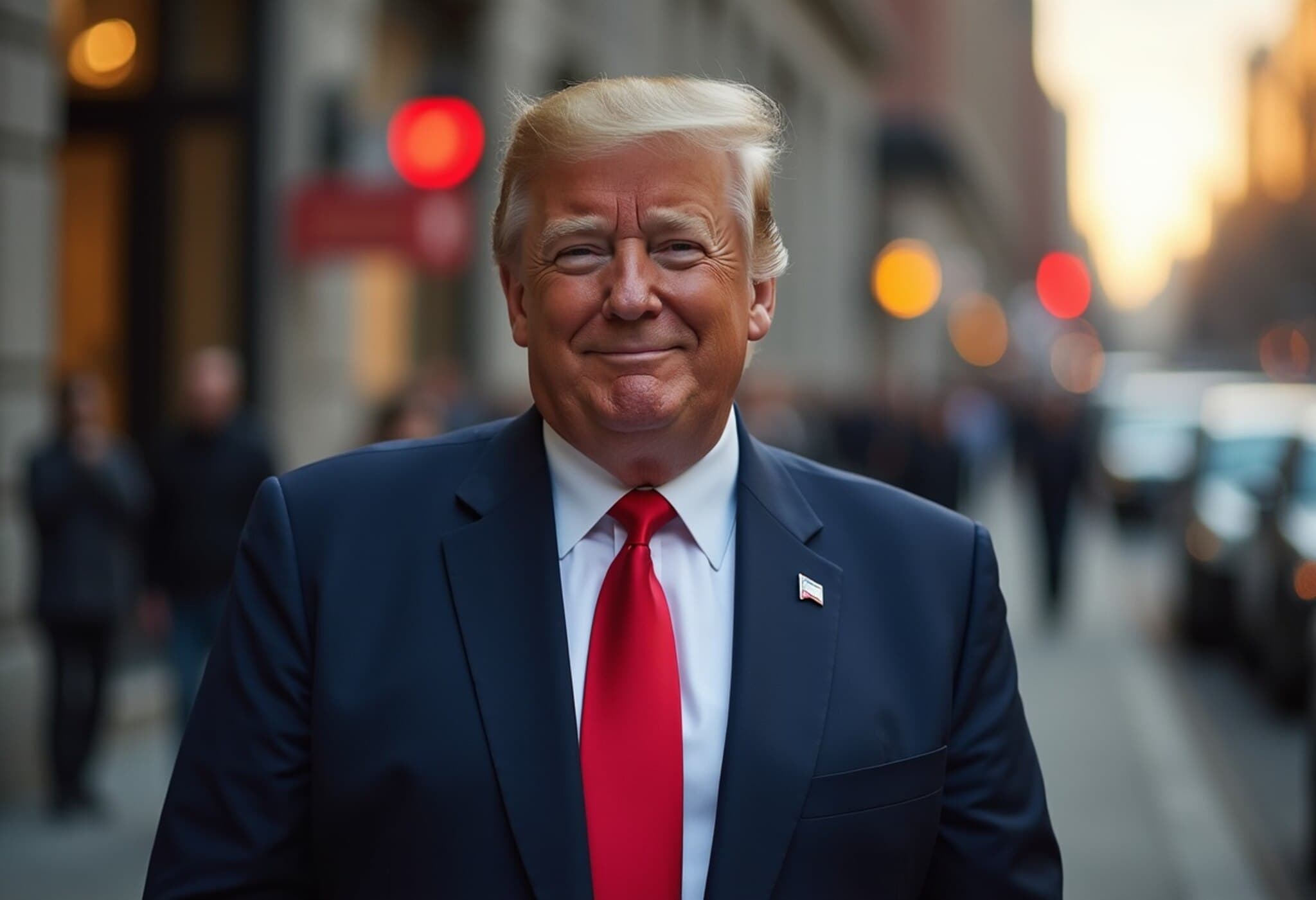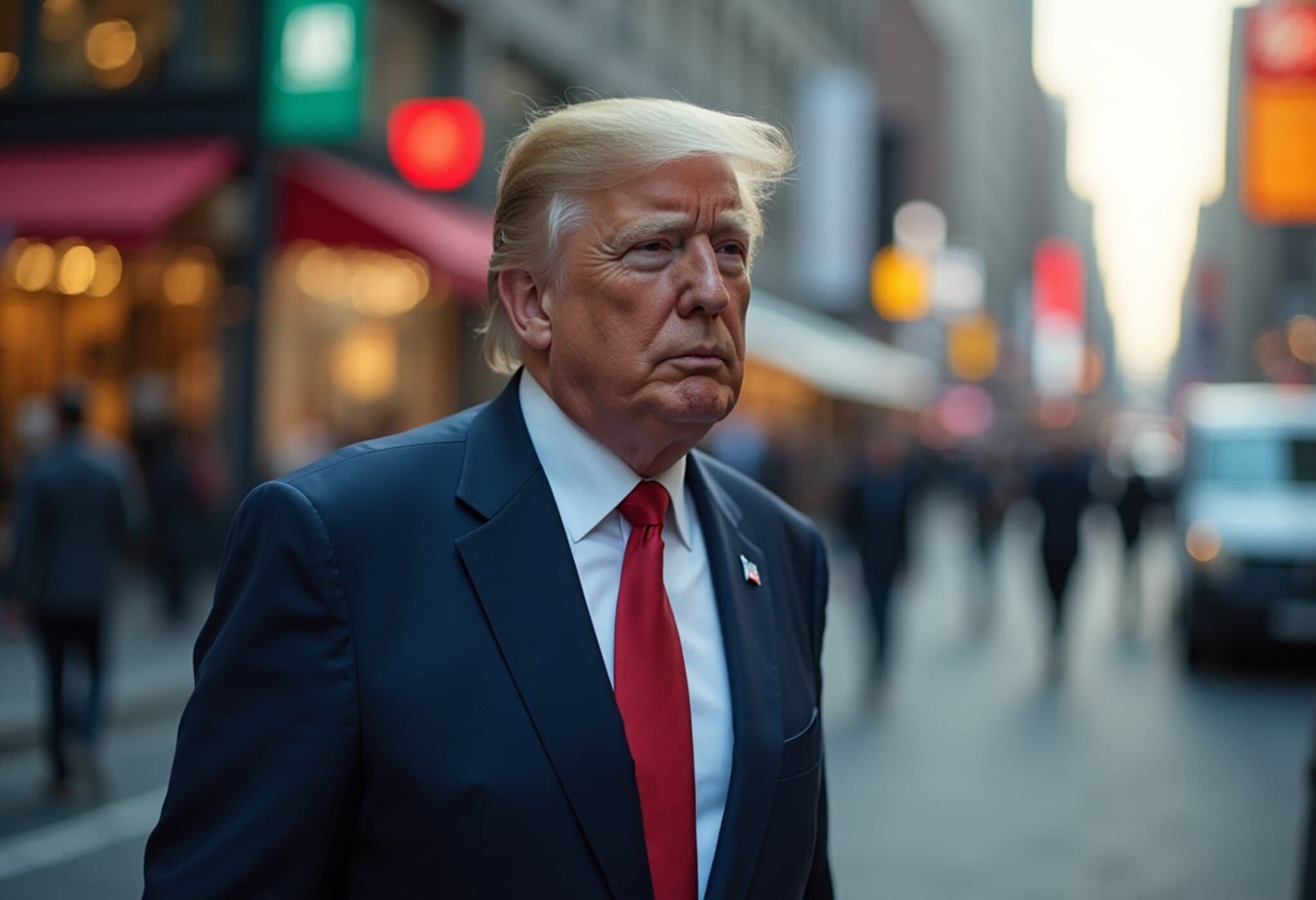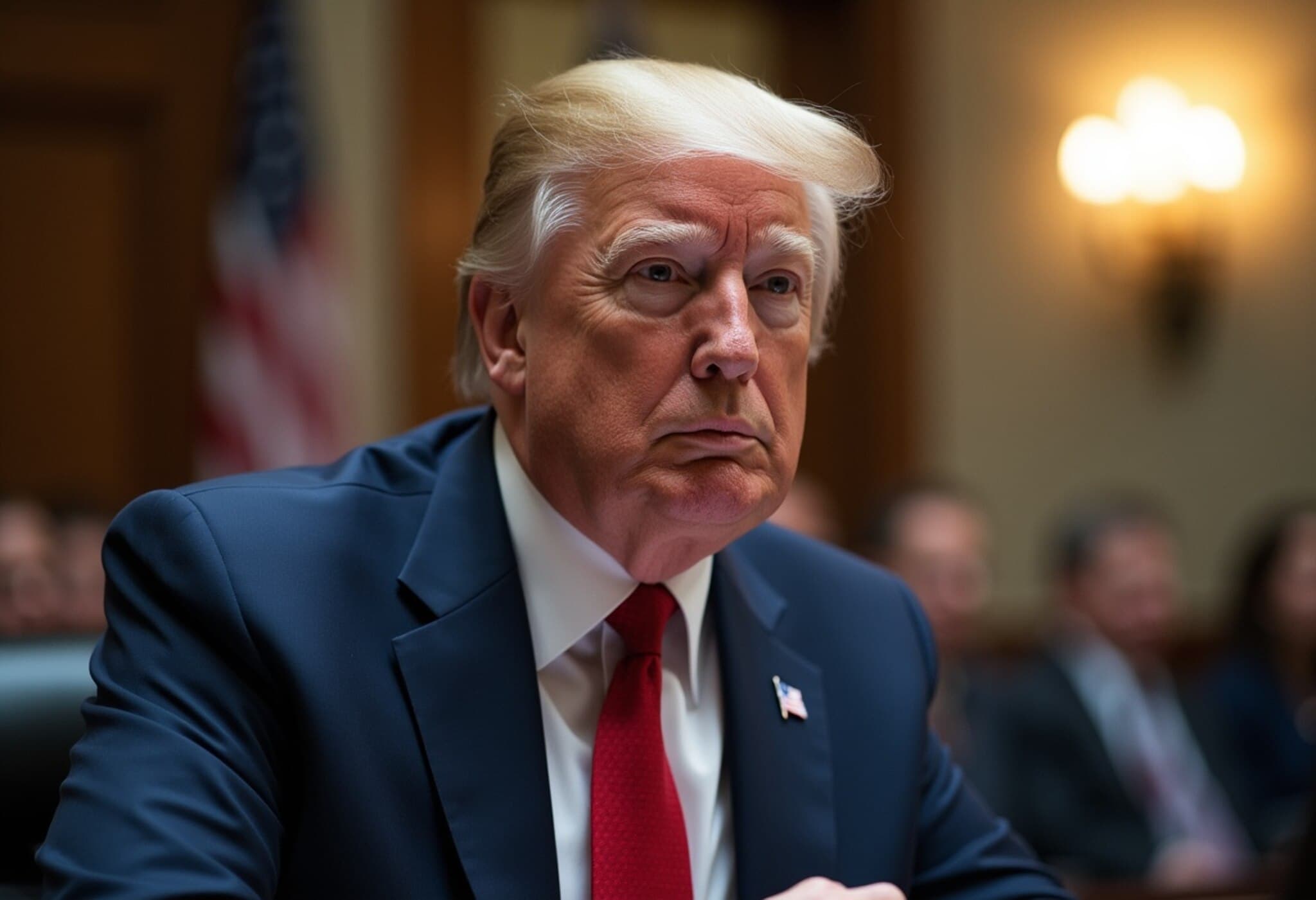US Inflation Climbs to Highest Level in Half a Year
In a significant economic shift, inflation in the United States surged to its highest rate in six months during July 2025. Core inflation, which strips out the often-volatile food and energy sectors, rose by 3.1% year-over-year — surpassing economists’ predictions of 3.0%. This uptick signals a growing cost pressure on American businesses and consumers, closely linked to the impact of tariffs implemented during former President Donald Trump’s administration.
Why Core Inflation Matters More Now
While overall inflation increased by 2.7% year-over-year in July, this figure is somewhat tempered by a 9% drop in gasoline prices over recent weeks. Therefore, core inflation is considered a more reliable indicator of underlying price trends. It focuses on categories including footwear, furniture, recreation, household goods, used cars and trucks, and medical care — all of which have experienced noticeable price hikes. Even airline fares jumped by 4%, adding to the growing cost burden for consumers.
Job Market Signals an Economy Under Strain
Adding to economic concerns is a disappointing jobs report for July. The economy added only 73,000 non-farm jobs, falling short of the 104,000 anticipated by analysts. The unemployment rate edged up to 4.2% from the previous 4.1%. Furthermore, revisions to earlier job growth figures revealed a much weaker job market than first reported, with May and June’s new job numbers drastically scaled down. This reflects a softening labor market even as inflation picks up — a worrying combination for policymakers and the public alike.
Decoding the Tariffs’ Role in Rising Prices
Trump-era tariffs, designed to protect domestic industries, are increasingly proving costly for consumers. Initially, companies absorbed these tariffs, pushed partially by existing inventory and hesitant sellers. However, these costs are now being passed onto consumers more directly and aggressively.
Goldman Sachs analysis cited by The New York Times estimates that the portion of tariffs ultimately borne by American consumers jumped from just 22% at the outset to an expected 67% by October 2025. This means the financial strain on everyday Americans is set to intensify in the coming months, potentially fueling further inflation.
Broader Economic Context and Risks
- Tariffs may also disrupt global trade relations and provoke retaliatory measures, creating longer-term uncertainty.
- The decline in job creation combined with rising expenses could slow consumer spending — a critical engine of the US economy.
- Inflation pressures could complicate Federal Reserve strategies for interest rates, balancing inflation control with the need to support employment.
For average Americans, this evolving economic landscape might mean tighter household budgets and a sharper eye on price changes at the checkout aisle. Economists and policymakers will be watching closely to see whether these inflationary pressures sustain or trigger policy adjustments.
Expert Insight: The Tariff-Inflation Feedback Loop
Economists like Dr. Linda Barrett, a specialist in trade policy and inflation dynamics at Georgetown University, emphasize that “tariffs act like a hidden tax on consumers, gradually feeding through supply chains until the end buyer feels the pinch.” She notes, “With projections showing a larger share of these costs passing to consumers, we might witness a sustained inflation environment that challenges recovery efforts.”
This analysis underlines an often underreported aspect: the indirect, delayed inflation effects of tariffs complicate the economic picture beyond headline unemployment and GDP figures.
What Lies Ahead for American Families and Policymakers?
Looking forward, the interaction of tariffs, inflation, and the labor market demands vigilance from both citizens and government officials. As costs rise and wage growth struggles to keep pace, the real income of American households is at risk.
The Federal Reserve faces a complex task: raising rates to control inflation without triggering a sharper slowdown in job creation. Meanwhile, policymakers must weigh the trade-offs of tariffs and consider alternative strategies to bolster domestic industries without imposing excessive costs on consumers.
Key Takeaways:
- Inflation is accelerating mainly due to tariff-induced cost increases.
- Job growth is slowing, with unemployment edging higher.
- Consumers are soon likely to see even more price pressures as tariffs flow through supply chains.
- Federal Reserve and policymakers face a delicate balancing act ahead.
Editor’s Note
This latest data serves as a stark reminder of the interconnectedness of trade policy, inflation, and the labor market in shaping the everyday realities U.S. consumers face. While tariffs may have strategic intentions, their inflationary consequences highlight the importance of nuanced economic policy that protects domestic interests without unduly burdening American households. Future discussions must consider not just headline numbers but who ultimately bears the cost — a critical factor in fostering equitable and sustainable economic growth.




